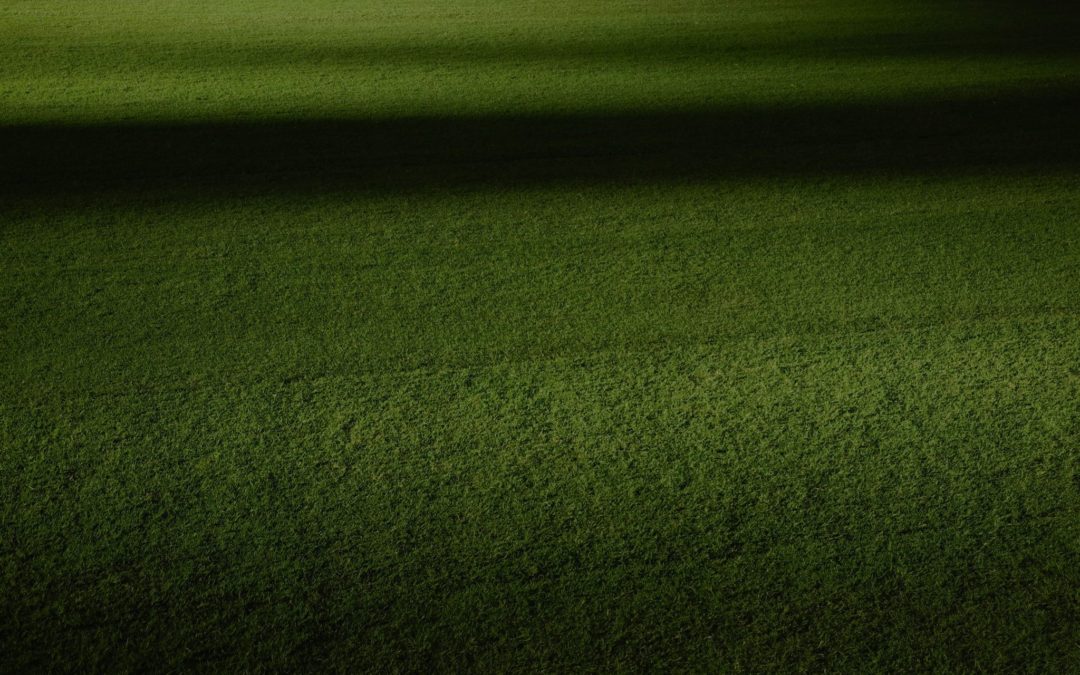Maximizing Stadium Turf Longevity: Essential Maintenance Tips
As the centerpiece of any sports stadium, the turf plays a crucial role in providing athletes with a safe and high-performance playing surface. However, maintaining the longevity of stadium turf requires careful attention and proactive maintenance. In this guide, we’ll explore essential tips for stadium turf longevity, allowing you to maximize its lifespan and investment.
Regular Cleaning and Debris Removal:
Regular cleaning is essential for preserving the longevity of stadium turf. Remove debris such as leaves, dirt, and trash from the surface using a leaf blower, rake, or specialized turf sweeper. Debris left on the turf can trap moisture and promote the growth of mold and mildew, leading to deterioration over time. Additionally, periodic deep cleaning with a mild detergent and water solution can help remove stubborn stains and maintain the turf’s vibrant appearance.
Proper Drainage Maintenance:
Effective drainage is critical for preventing water accumulation and maintaining the stability of stadium turf. Inspect the drainage system regularly to ensure that it is free of debris and functioning correctly. Clear any blockages in the drainage channels and remove excess water from the surface to prevent waterlogging, which can damage the turf and compromise player safety. Consider investing in regular professional inspections to identify and address any drainage issues promptly.
Routine Stadium Turf Grooming and Brushing:
Routine grooming and brushing help to redistribute infill material and maintain the resilience and appearance of stadium turf. Use a specialized grooming brush or power broom to groom the turf fibers and lift them upright. This ensures the playing surface is uniform and consistent. Pay particular attention to high-traffic areas such as goal mouths and midfield, where turf fibers are prone to flattening and compaction. Grooming should be performed regularly to prevent matting and ensure stadium turf longevity.
Monitor and Control Compaction:
Compaction is a common issue in stadium turf that can lead to reduced shock absorption and increased wear and tear. Monitor the compaction levels of your turf regularly using a penetrometer or similar device. Areas of high compaction may require aerating or loosening the soil to improve drainage and promote root growth. Consider rotating events and activities to distribute the wear evenly across the turf and reduce compaction in high-traffic areas.
Invest in Professional Maintenance:
While regular maintenance is essential, investing in professional maintenance services can help extend the longevity of your stadium turf further. Professional turf maintenance companies have the expertise and equipment necessary to perform specialized tasks such as deep cleaning, infill replenishment, and turf repair. Schedule regular maintenance appointments with a reputable provider to ensure that your stadium turf receives the care it needs to remain in optimal condition year-round.
Ensuring stadium turf longevity requires a combination of regular maintenance, proper drainage management, and proactive care. By following these essential tips, you can preserve the integrity and performance of your turf, allowing it to withstand the rigors of athletic competition and provide a safe and high-quality playing surface for years to come. Remember, investing in quality and maintenance ensures stadium turf longevity.

